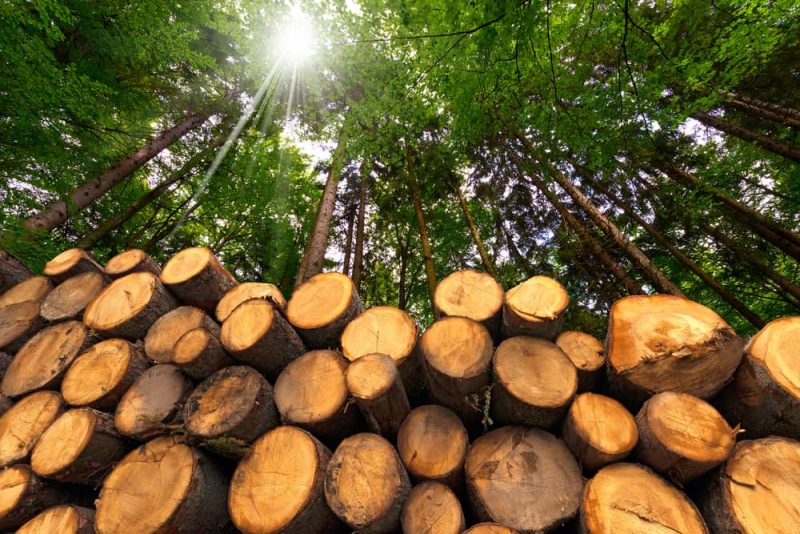The extractive activities are those economic activities that take certain raw materials from the environment, without intervening in their formation or production. For example: hunting, fishing, mining.
They may be:
- Extractive renewable resources. Your goal is resources that can grow back naturally without being depleted. It is important to distinguish it from livestock or agriculture, since the latter are responsible for ensuring the continuity of the resource, through planting or breeding. Currently, due to overpopulation and over-utilization of natural resources, there are few extractive activities that are truly renewable, since the rate of reproduction must naturally be higher than the rate of consumption.
- Extractive non-renewable resources. They are those that obtain resources that cannot be recreated, or that can be manufactured at a significantly lower speed than they are consumed.
To understand the place that extractive activities occupy within the economy, it is important to take into account the different sectors of the same:
- Primary sector. Activities that obtain products directly from nature.
- Secondary sector. Transform raw materials into finished or semi-finished products. It includes the sectors: industrial, energy, construction.
- Third sector. It is the service sector (transport, communications, commercial, tourist, health, educational, financial, administration)
- Quaternary sector. It is a sector of highly specialized intellectual services, such as research, innovation and information.
Extractive activities are in the primary sector.
Examples of extractive activities
- Fishing
Extract so much fish like others aquatic organisms. It is one of the oldest economic activities that exist. Sport fishing is not an economic activity (or in any case it belongs to the tourism sector) so it is not considered an extractive activity.
Fishing as an economic activity can be:
- Handcrafted. A community fishes artisanally to market within the same community or with nearby populations.
- Industrial. It is a massive fishery that, to obtain a high number of catches, requires technology that increases profitability.
- Of survival. It is one that is not used for marketing but only for consumption.
- Mining

It is the extraction of minerals that are in the ground or in the subsoil. Accumulations of minerals they are called deposits.
Mining can be:
- Metallic. It extracts metals such as copper, gold, silver, aluminum, lead, iron, mercury, among others. They are raw materials necessary for a multitude of industrial products.
- Non metallic. They are commonly called quarries. They extract clay, quartz, sapphire, emerald, granite, marble, mica, among others. They are used for jewelry, for ornamentation and for construction.
- Fuels. It is dedicated to the extraction of energetic minerals such as oil, natural gas or coal (hydrocarbons).
Although mining existed since prehistoric times, it is currently part of a controversy because the technologies used for the extraction of minerals have proven to be profoundly harmful to the environment.
Currently the exploitation methods are:
- Opencast mining. The vegetation of the area and the upper layers of rock are eliminated until reaching the deposit. This is the most common form of mining today.
- Underground mining. Tunnels are built to reach the sites.
- Wood industry

A part of the wood industry It belongs to the secondary sector, since it is responsible for the processing of raw materials. But in its extractive aspect, it is part of the primary sector.
Although most of the timber industry is based on extractive practices, there are currently tree plantations for later use, that is to say that in those cases it would be a part of the agricultural sector. These new initiatives are a response to the rapid decline of forests on the planet and an attempt to ensure that this industry becomes sustainable, in addition to avoiding the destruction of natural ecosystems and the conservation of biodiversity.
